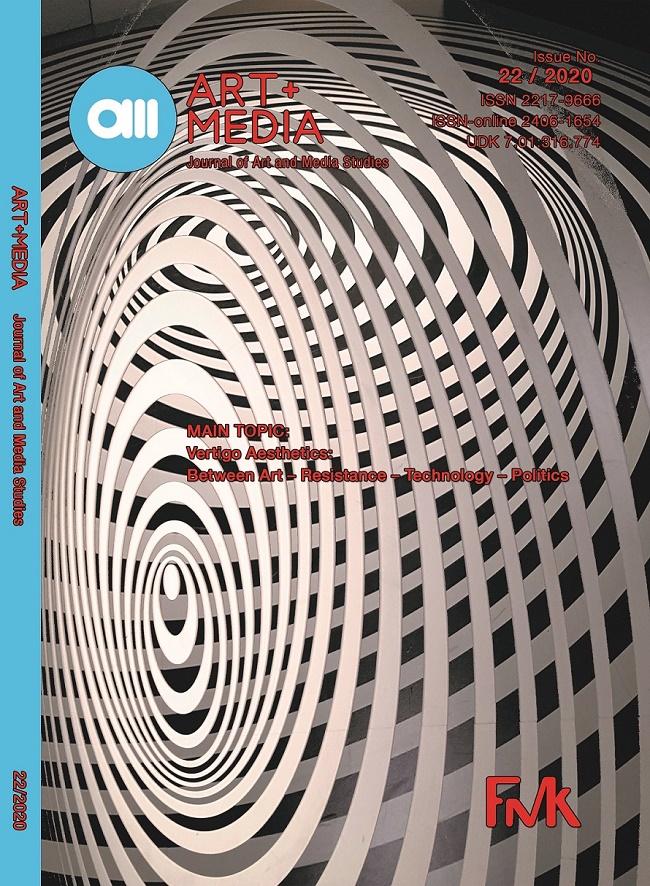About Nature: Discourses on the Boundaries of East and West in Curtis Carter’s Concern over Contemporary Chinese Art
About Nature: Discourses on the Boundaries of East and West in Curtis Carter’s Concern over Contemporary Chinese Art
Author(s): Eva Kit Wah ManSubject(s): History of Philosophy, Philosophical Traditions, Non-European Philosophy, Aesthetics
Published by: Fakultet za medije i komunikacije - Univerzitet Singidunum
Keywords: nature; globalization; traditional landscape painting; Chinese gardens; aesthetic experience; contemporary ink art.
Summary/Abstract: American aesthetician Curtis Carter demonstrates genuine concern for the subject of nature in contemporary Chinese art and its representations. He correctly points out that the Chinese tradition of featuring nature in the arts represents an imaginary paradise grounded in an idealized nature. Carter’s concern regarding China’s entry into a state of globalization is the impact of Westernizing globalization on the place of nature in Chinese art. Before discussing his concern, this article provides a review of the meaning of nature in traditional Chinese art and revisits ink painter Shitao’s notion of nature in his most representative painting notes, Hua-pu. Curtis also mentions the Chinese garden, stating that gardens in urban settings are supposed to maintain the presence of nature, and exemplifying them as symbolic presentations of nature. In addressing Carter’s concern, a review of the aesthetic experience of visiting a Chinese garden is provided for background. Carter also suggests examining the practices of contemporary Chinese experimental art versus the practices of traditional art to determine whether nature will retain a significant place in today’s Chinese art practices under the strong influences of globalization. This article examines the contemporary ink landscape scene and suggests that new Chinese art involves the invention of new paradigms in art creation, the resources of which are now available globally, and that representations of nature and reality are transforming.
Journal: AM Časopis za studije umetnosti i medija
- Issue Year: 2020
- Issue No: 22
- Page Range: 43-53
- Page Count: 11
- Language: English

